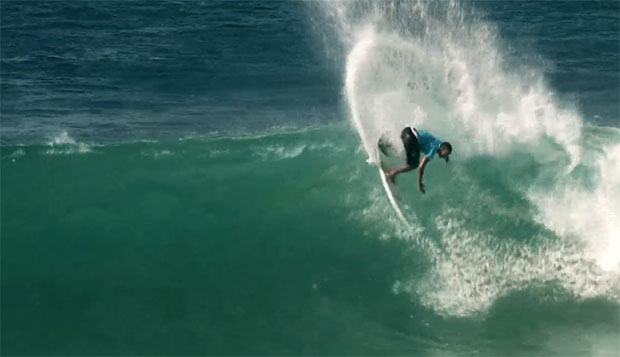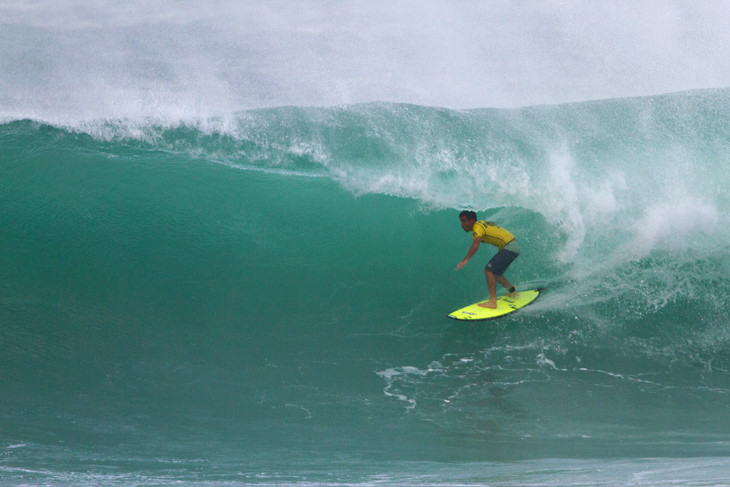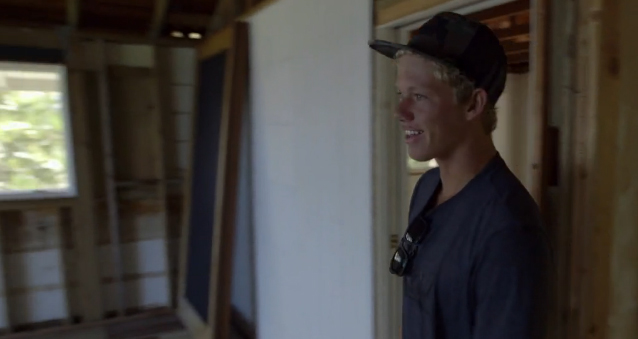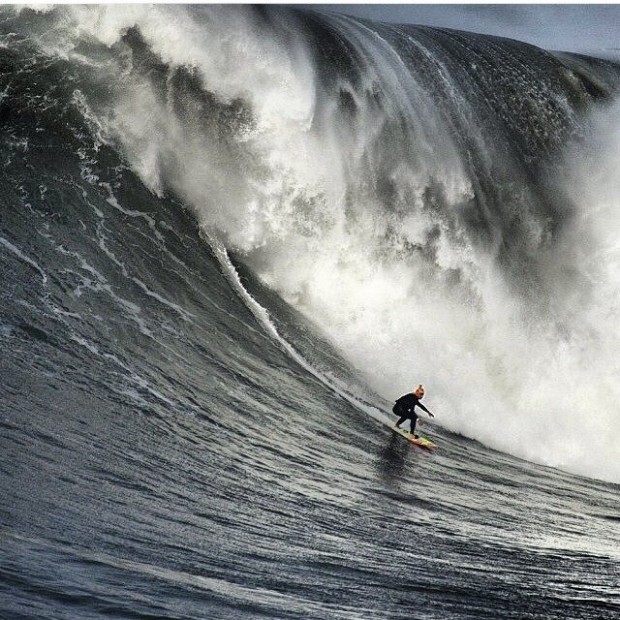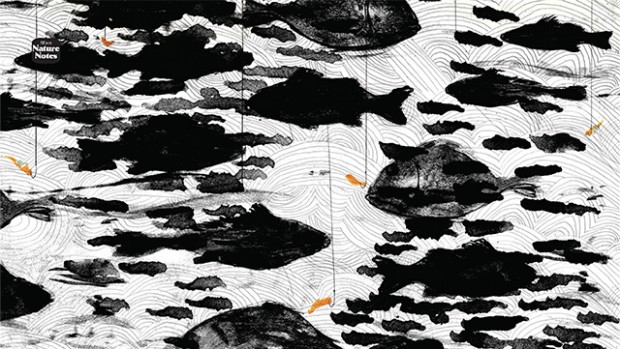
Words By Sushi Phil
Polynesians are famous for pioneering early navigation and being extremely good fishermen. They made fish hooks from bones, nets and lines from coconut husks. Having grown up by the ocean I also feel this strong connection between surfing and fishing. Europe has its own hardcore surfer/fishermen, none more so than Jersey’s White brothers (Jerseybass- guides) who pioneered and introduced numerous fishing techniques to Europe. I’m privileged to live in Seignosse, France, I can surf and fish most days of the year. There’s plenty of fish in these waters and my favourite pastime is lure fishing for bass.
BASS (Dicentrarchus labrax) are the ultimate predator. Found in most waters off Western Europe they are a versatile killing machine that can adapt to almost any marine environment. Off the sandy beaches in Seignosse I have a 3m spinning rod with a 4000 reel, or a 4.2m surfcasting set up for winter.
I like to use either metal lures or soft plastics. Most surfers understand that changes in wind, tide and swell will directly affect the quality of waves at any given location. Well it’s the same for fishing! For example in sandy surf bass like to lurk in the deep gullies running parallel to the shore line or out to sea. Look for the drop offs and water movement and white water. This is where the food is. Find these areas and you’ll find the bass.
In French, BREAM (Sparus aurata) are called Dorade or Sars. Great fun as they really smash it!. Use a light rod with small hooks and some isome or berkley worm lures for bait. One of my favourite spots in the harbour has a rocky drop off, the water flowing into a deeper hole. Try and always look for water movement and structure and you’ll give yourself half a chance. Cast out and work the lure with the current. I’ve notcied that bream and fish like to cruise around with the current. A bit like using those people mover belts at airports… much easier than walking!
MEAGRE (Argyrosomus regius). When spinning for bass in southwest France
you could hook this closely related family member as they sometimes feed in the surf. Firstly prior to any fishing session set you drag to 2/3 and leave it.
Make sure you have plenty of line, 300m. When retrieving keep your rod at a 45°
angle. If you get a strike or feel any touch lift your rod tip, set the hook and keep the pressure on. Your rod tip will absorb any movement like car suspension. However, especially with big fish don’t ‘high stick’. This is when the angle of the rod with the water is around or past 90°, all the pressure will be on the rod tip and it will break. Meagre are famous for a huge first run when they realise they’re hooked, so let them go and hang on! Don’t panic, concentrate on landing this fish of a lifetime. Attention: shorebreak! This is where most fish are lost. Try and bring it in with a wave. The fish will probably be on it’s side using the surge to stay outback. Don’t force it. If it takes out line that’s OK, wait for the right moment. Keep the pressure on and don’t give it any slack or it will throw the hook, be patient! I’ve seen 2 meagres lost in the last 6 months by very good fishermen.
(Sushi Phil once surfed Hossegor 100 days in a row in mid-winter. Check his blog www.frenchbass.wordpress.com. For fish and other delicious dishes, eat
in his excellent restaurant: @45avenuedupenon, Seignosse.)

